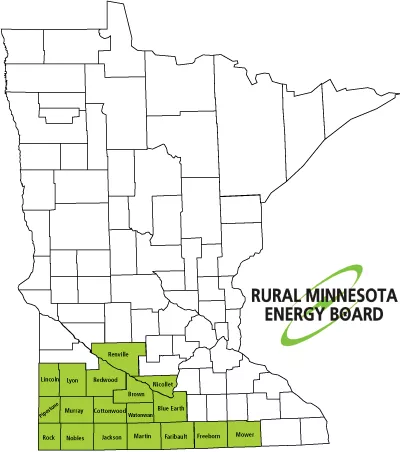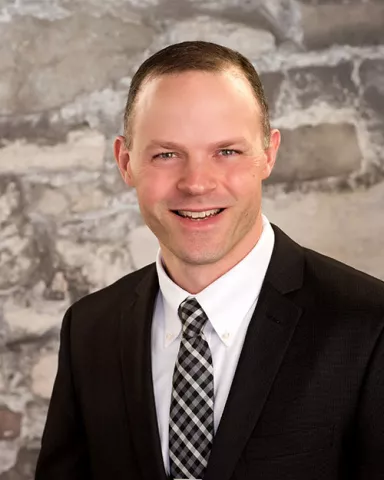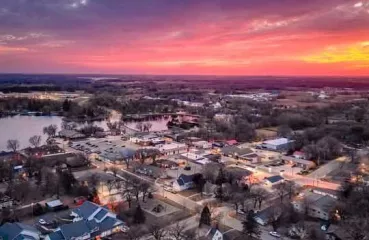 Southwest Minnesota is making big strides in renewable energy, with wind and solar projects driving economic growth and strengthening local communities. Helping lead the transition is the Southwest Regional Development Commission (SRDC). SRDC serves as a vital link between local governments, businesses, and communities.
Southwest Minnesota is making big strides in renewable energy, with wind and solar projects driving economic growth and strengthening local communities. Helping lead the transition is the Southwest Regional Development Commission (SRDC). SRDC serves as a vital link between local governments, businesses, and communities.
A key effort driving progress in the region is the Rural Minnesota Energy Board (RMEB). Staffed and facilitated by SRDC, RMEB is a County Joint Powers Board, formed to provide policy guidance on issues surrounding energy development in rural Minnesota. The board works to support the 18 county area with policy, planning, management, and implementation of methods to deal with energy and transmission in rural Minnesota.
For more than 21 years, SRDC has also been a key partner in the Clean Energy Resource Teams (CERTs), helping bring clean energy solutions to communities across Southwest Minnesota. Nadya Bucklin, our Southwest CERT regional coordinator and SRDC development planner, plays a central role in supporting these efforts and connecting local communities with resources and opportunities for clean energy projects.

 CERTs: What is new and exciting in renewable energy development in SW MN?
CERTs: What is new and exciting in renewable energy development in SW MN?


